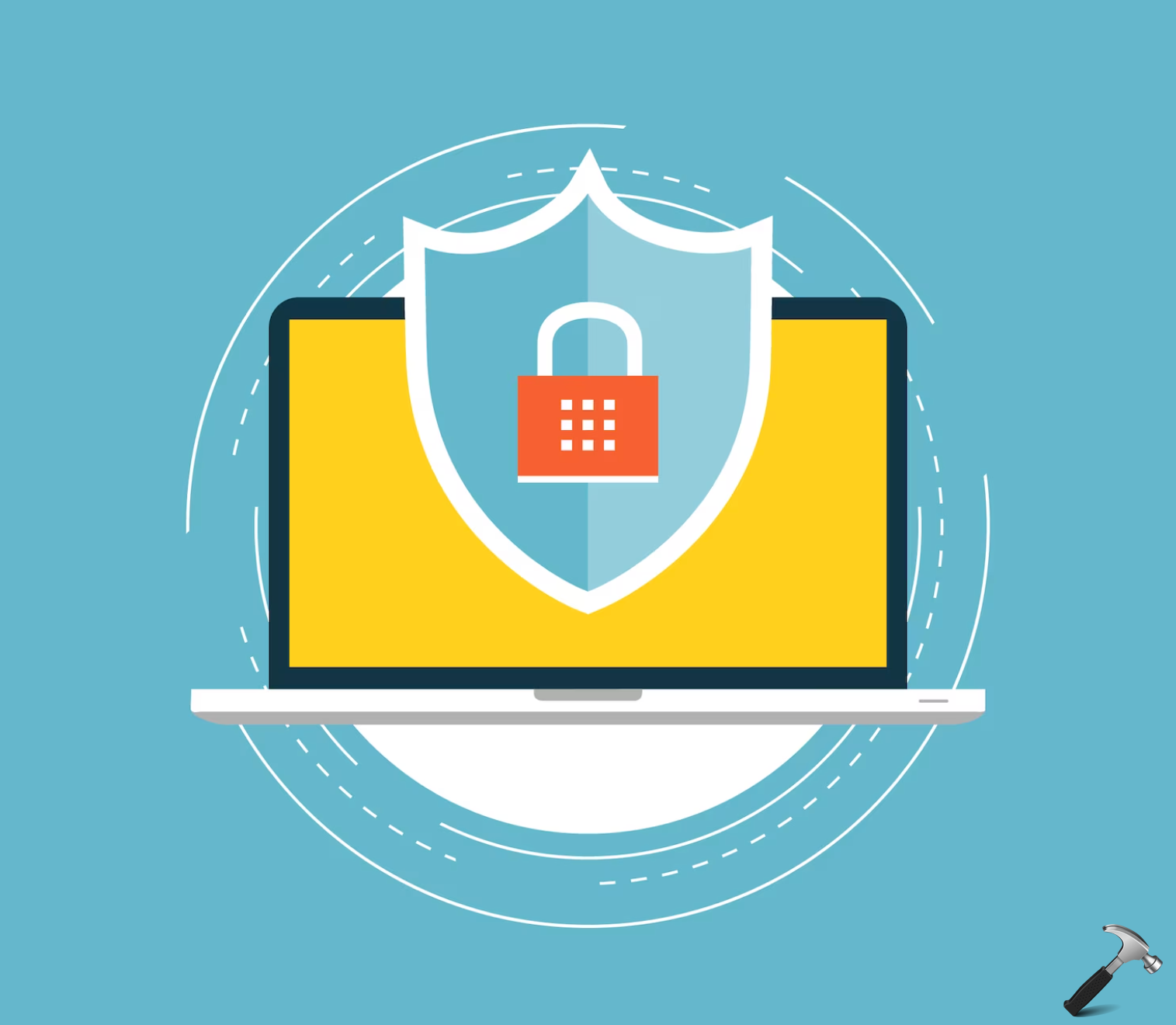Ransomware malware attack is one of the most dangerous cyber-attacks. It is a major threat to an organization as it can cause substantial financial loss along with the loss of essential data.
When a system gets infected with ransomware, all files, documents, and folders get locks with strong encryption. The cybercriminals behind the ransomware would then ask the victim to pay ‘ransom’ in return for the decrypting key or tool.
In simple words, a ransomware attack is like kidnapping. The data on your system gets kidnapped, and until you pay the ransom under given time, the criminals behind it won’t release your data.
Usually, a ransomware attack is targeted for the organization or individuals who cannot afford to lose their important data and from whom the cybercriminals can generate a good ransom. However, it does not mean that a regular user is safe. Anyone can be a victim of ransomware attacks if they don’t follow healthy browsing practices and do not have any security solution on their system.
Some popular choice of security suites is Avast or Bitdefender while few like to rely on the in-built Windows Defender.
The ransomware attacks are considered most dangerous because, unlike other malware attacks, the ransomware attack cannot be undone. You can get rid of browser viruses, spyware programs, and even trojans, but files infected by ransomware can only be decrypted by a proper decrypting tool or a key. So, in the case of ransomware, prevention is the only cure.
In this guide, we would discuss how to protect your Windows 10 system from Ransomware attacks.
Page Contents
How can Windows 10 get infected with Ransomware?
Cybercriminals mainly target the platform with a large user base such as Windows PCs. We have already warned about ransomware attacks in past and in this article, we will go in detail.
Here are some of the ways your Windows 10 system can get infect with ransomware.
- While browsing, you might have visited a suspicious or malicious website that contains the ransomware carrying files, and on visiting that site, those files are transferred on your system.
- Freeware programs from untrusted sites are mostly malware carriers. Downloading any freeware without verifying the source can introduce ransomware on the device.
- The emails with attachments from the unknown sources can also contain malware like ransomware and trojans.
- By clicking on the malicious, untrusted links on social media sites such as Facebook, Twitter, or Quora, you can introduce the ransomware and other malware on your computer.
How to Protect Windows 10 from Ransomware Attacks?
As already mentioned, once infected, it is almost impossible or challenging to recover files after a ransomware attack without paying any ransom. So, it is better to protect your Windows 10 system from it. Here is how you can do that.
Using Windows Security
Many Windows 10 users are unaware of the fact that Windows 10 in-built security solution known as Windows Security or Windows Defender comes with two tools to safeguard your system against Ransomware attacks: Controlled Folder Access, and Ransomware Data Recovery.
Using Controlled Folder Access, you can add some essential folders to monitor against any changes. Any program cannot modify the folders added in this unless you allow. This way, the folder would be safe from any ransomware encryption.
Another tool Ransomware Data Recovery would sync your common data folders to your Microsoft OneDrive account. In this way, if your data get encrypted with ransomware, you can recover important files.
Here is how you can enable both these tools.
Option 1 – Enable Controlled Folder Access
1. Go to Settings app > Update & Security.
2. From the left pane, choose Windows Security.
3. Under Windows Security, select Virus & threat protection.
4. On the next window, scroll down and click on Manage ransomware protection.

5. Enable Controlled Folder Access, by toggling the button to switch it On.

6. Click on Protected folders.

7. Add your preferred folder in the protected list.

Option 2 – Enable Ransomware Data Recovery
1. Go to Settings app > Update & Security > Windows Security.
2. Under Windows Security, select Virus & threat protection.
3. In the next window, scroll down and click on Manage ransomware protection.
4. Under Ransomware data recovery, click on Set up OneDrive.

5. Enter your email address to set up the OneDrive for data recovery.

Using Third-party Anti-Ransomware Program
If you want added security other than Windows Security or don’t want to rely just on that, you can go for a robust third-party anti-ransomware program. Before choosing anti-ransomware, research thoroughly for its pros and cons and also look for user reviews and ratings.
What if Windows 10 get infected with Ransomware?
If Windows 10 get infected with ransomware, then, unfortunately, there is a very faint chance of decrypting files without paying the ransomware. However, if you have a backup of your data, you can recover it.
In case you don’t have any backup, you can try some free decrypting tools provided by the top security solutions providers. They are available for free on the Internet.
Bottom Line
With the rise in cryptocurrencies, the ransomware attacks have also grown, since it is more transparent and easier to get ransom in the form of cryptocurrency. After going through this guide, you might have realized the importance of avoiding a ransomware infection. For that, apart from following the methods mentioned in this guide, you must also practice healthy internet browsing habits.
This article is written by Rohit Langde.
![KapilArya.com is a Windows troubleshooting & how to tutorials blog from Kapil Arya [Microsoft MVP (Windows IT Pro)]. KapilArya.com](https://images.kapilarya.com/Logo1.svg)









![[Latest Windows 11 Update] What’s new in KB5063060? [Latest Windows 11 Update] What’s new in KB5063060?](https://www.kapilarya.com/assets/Windows11-Update.png)
![[Latest Windows 10 Update] What’s new in KB5060533? [Latest Windows 10 Update] What’s new in KB5060533?](https://www.kapilarya.com/assets/Windows10-Update.png)

Leave a Reply